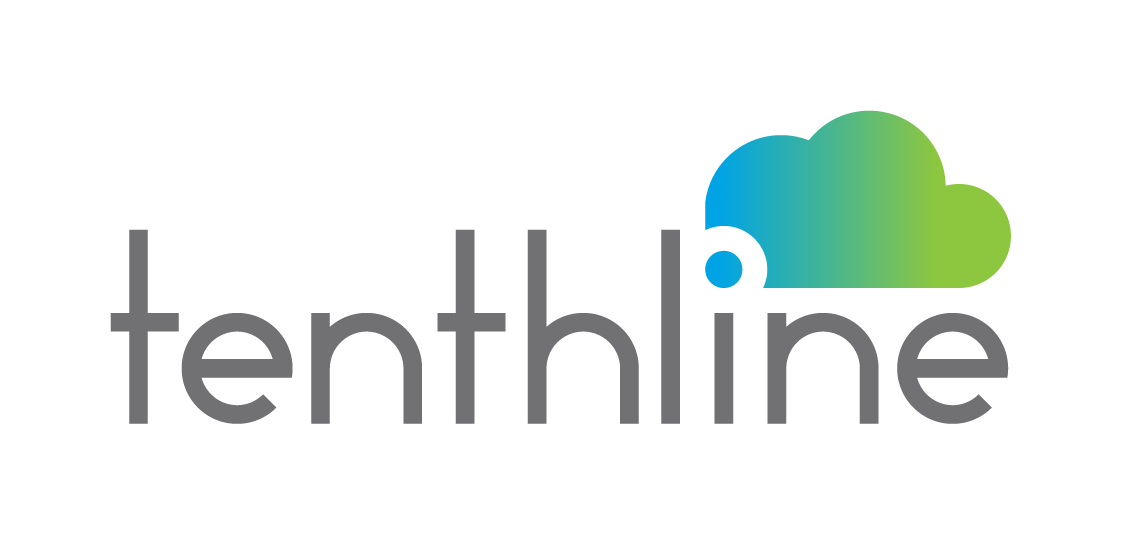Nov 29, 2012 : CMSWire
Yes, Virginia, there is life beyond SharePoint.
This time last year I was working in an IT Strategy role and attending the SharePoint conference in Anaheim, while an Enterprise Architecture colleague from our ECM team was at the OpenText conference. We were both attending with an agenda: we were working for a steering committee attempting to make some strategic decisions on technology platforms.
Fast forward to the present and unfortunately, although I would have loved to go and learn about SharePoint 2013, I now work for the Intranet team and our strategic decision has been made — to move away from SharePoint and to consolidate web technologies on an OpenText technology stack, basically the same stack used by our external .com web team.
With the decision made, I’d like to take a look at yet another alternative to SharePoint.
- The SharePoint Problem
The major issue with SharePoint is the multiple personality disorder displayed by both the platform itself, and the Microsoft marketing machine. Now don’t get me wrong, I am not a “hater” — even though my last two employers have been stuck in SharePoint 2007 and I would be quite happy never to work with that version ever again …
SharePoint is or can be a great tool set, providing the ability for organizations to solve many problems. However the “Swiss Army knife” approach often produces compromises so we end up, for example, with good collaboration workspaces, good enough document management, and poor web content management.
But just because I have been stuck in 2007 hell does not mean the rest of the world has, and SP2010 and now the new 2013 provide new features and functionality that solve some of the old problems, and introduce new usability enhancements. Still, the whole “platform,” with its three year development cycle and its ecosystem of partners providing add-on components and services, may be more than you need to fix any particular content management problem.
At this point I can envisage comments being written on this article stating that the “best of breed” model can be complex, and expensive with messy integrations etc., and implementing a single platform that does everything makes your life sooooo much easier! I have would have to call BS on that overly simplistic characterization of the advantages of one approach over any other.
Let me be clear, everything starts with a clear definition of the business problem that needs to be solved, or the strategic vision that needs to be enabled. From this you can build a set of requirements, and when investigating how best to meet your requirements, you can have intelligent discussion about what products, development models, deployment methods, etc. best meet your needs. There is absolutely no “one ring to rule them all” or “one size fits all” approach to enterprise information management.
- Alfresco – Open Source SharePoint Alternative
On the 19th of November, Alfresco and its local business partner TenthLine held an update briefing in Toronto on all that is new and shiny in Alfresco, so I thought I would pick Alfresco as a good example of a potential SharePoint alternative that does things differently; also because I first met John Newton when he came to pitch Alfresco version 0.9 to the Open University back in 2005/6 and I used to bump into him regularly on the UK ECM conference circuit, and thus have always followed the progress of Alfresco!
A fully fledged ECM platform with a document management centric leaning, Alfresco provides all the features and functionality you would expect from a leading ECM vendor; including all the latest developments in cloud and mobile content management.
- Alfresco One
An open source licensing model means that as well as signing up for a free account for the cloud offering, or downloading an “enterprise trial” version you can also download and install the “Community Version” on your own servers (be they Windows, Linux or MacOS!). This version does not “expire” after a set time, and is a great advantage when you’re evaluating the features, functionality and benefits of a particular solution.
The latest big release is Alfresco One — the ability to use the exact same platform / configuration setup simultaneously on premises and in the cloud — a hybrid cloud model that includes a newly released synchronization service, similar to those offered by Box or SalesForce ChatterBox (and Alfresco has a tight integration with SalesForce.Com Sales Cloud, too).
- A Difference in Philosophy and Approach
The biggest difference between this particular SharePoint alternative and the Microsoft behemoth itself can be seen in the attitude to the Portal and WCM side of the respective platforms.
Ever since SharePoint 2007, MS has tried to convince us that SP is a robust enough Web CMS for the public web. With improvements in SharePoint 2010 they continued to roll out graphics of user’s very pretty (and highly functional) websites (Hawaiian Airlinesand HedKandi being often quoted examples) — but what we never found out is how much these bespoke sites cost to build and maintain!
Alfresco went down a different path. Although you have been able to use the platform as a Web CMS for simple sites for some time, they took a different strategic direction and decided not to try to be “all things to all people.” Instead Alfresco focuses its Web Content Services features on integration with other specialist platforms, including integration via the CMIS open standard. Good examples are integration with Liferay for enterprise portal, and Drupal for major web sites.
- Summary
The main takeaway I want to leave with you, is that there are many potential solutions to any particular issue, and many innovative products and services that can come to your rescue. Just because you’re very happy in your use of SharePoint 2010 for BI dashboards does not automatically mean you should use SharePoint 2013 as your enterprise social platform — but it should not automatically discount it either!
Do your leg work on your requirements, factor in all the costs and benefits and find the platform that is right for you — but let’s acknowledge that this may mean convincing the Microsoft fan boys that there is life outside of SharePoint!!
Editor’s Note: This might be a good time to review Jed’s predictions for Enterprise CMS in 2012. Check them out here Enterprise CMS 2012: Massive Disruption or Same Old, Same Old?
About the Author
Jed Cawthorne is Senior Manager Intranet Initiatives at one of North Americas top ten financial services organizations. He has worked as project manager, program manager and consultant in the ECM, KM, Intranet and CMS software space since 2004.
Source: CMSWIre.com


Leave A Comment